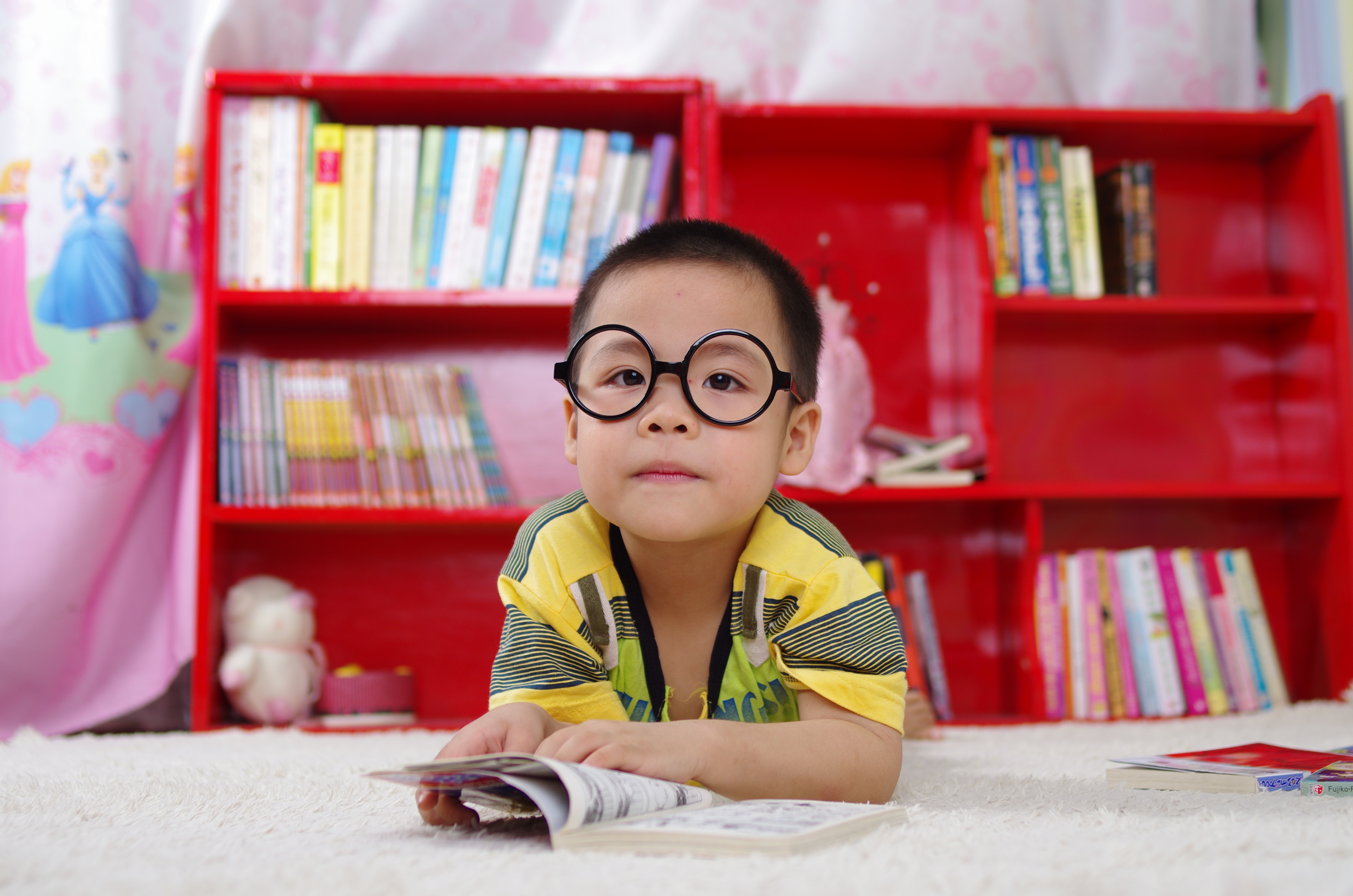Singapore has one of the world’s highest rates for childhood myopia, with the average age of onset at 8.5 years. The myopia rate has increased dramatically over the past few decades, especially among those who started primary school in the 1980s — after Singapore’s independence post-1965 and with the introduction of the new education system in 1979. These changes, together with increasing intensive schooling, may have contributed to the increase in myopia prevalence, says Professor Saw Seang Mei from the Saw Swee Hock School of Public Health, in her recent published study investigating the correlation between prevalence of myopia and the Singapore education system.
Yet, hope is still in sight. Over the last decade, myopia prevalence rates in children and youth in Singapore have stabilised. This may be due to increasingly more parents understanding the importance of encouraging their children to form good reading habits, participate in outdoor activities and take more frequent breaks when studying or looking at a screen. Government initiatives, such as the Health Promotion Board’s National Myopia Prevention Programme, elimination of the primary four streaming and the advocating of a holistic education not solely focused on academic excellence, may have also played a part.
Looking forward, experts feel that myopia prevalence will either stabilise or fall among young adults in future, as experts continue to work with policymakers to roll out nation-wide programmes targeted at the prevention of myopia, especially in preschool and primary school children.
Media Coverage:
- 我国小学生青年近视率没再上升, Lianhe Zaobao, 15 August 2017


